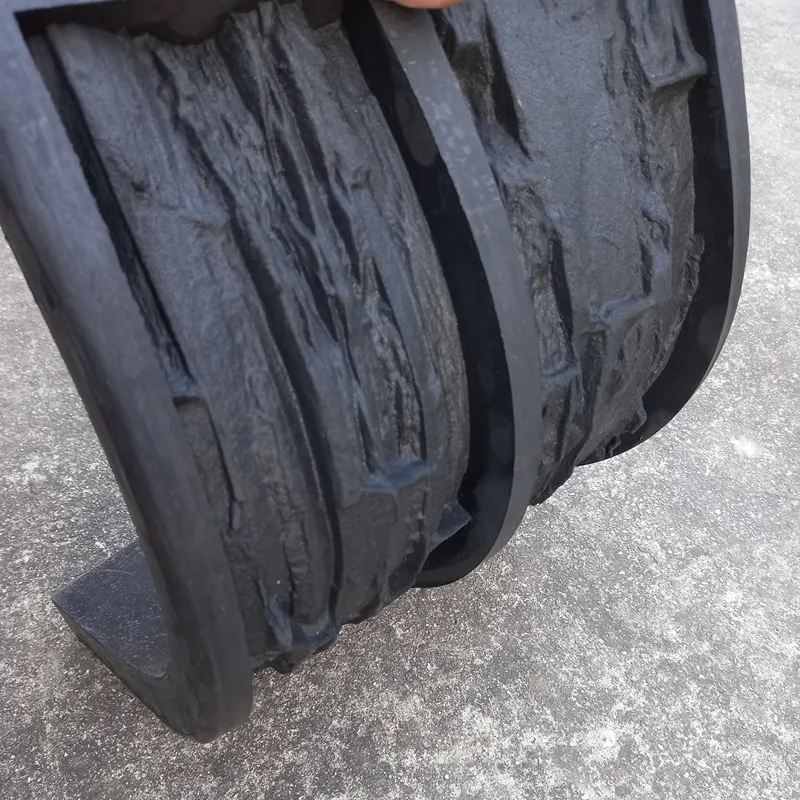Polyurethane: Rubber or Plastic? Unraveling the Mystery
Introduction
Polyurethane, often abbreviated as PU, is a unique material that has found its way into a myriad of applications, from automotive parts to shoe soles. Its versatility often leads to confusion: Is it a rubber? Is it a plastic? This article aims to demystify the nature of polyurethane and shed light on its distinct properties.
1. The Ambiguity of Polyurethane
The terms “polyurethane rubber” and “polyurethane plastic” are frequently used interchangeably, leading to confusion. The versatility of polyurethane is the primary reason behind this ambiguity. Depending on its formulation, polyurethane can exhibit properties reminiscent of both rubber and plastic. Its appearance and feel can vary, sometimes resembling rubber and at other times, plastic. This duality often misleads individuals into categorizing it incorrectly.
2. The Origin of Polyurethane
Polyurethane was invented by Professor Dr. Otto Bayer in 1937. It is a copolymer, formulated based on polyols and isocyanates. Unlike many plastics, which are polymers, polyurethane is unique in its composition and behavior.
3. The True Nature of Polyurethane
Polyurethane is neither a pure rubber nor a pure plastic. Instead, it occupies a space ‘in between.’ It combines the strength typically associated with plastics and the elasticity characteristic of rubbers. By varying the proportions of its components, polyurethane can be tailored to exhibit a wide range of properties. This adaptability allows it to be hard, soft, flexible, tough, lightweight, and available in various colors.

4. Comparing Polyurethane with Rubber and Plastics
Polyurethane’s versatility is evident in its range of hardness and color options. For instance, polyurethane products can range from 15 Shore A to 95 Shore A in hardness, a spectrum not achievable with traditional rubber or plastic. While rubber has its limitations in hardness and color variations, plastics like POM have a fixed hardness. Polyurethane’s adaptability surpasses both, making it a unique material in its own right.
5. The Misnomer: Polyurethane Rubber or Plastic
Labeling polyurethane as “polyurethane rubber” or “polyurethane plastic” is misleading. Such categorizations do not do justice to the material’s capabilities. Polyurethane’s flexibility and versatility are unparalleled, offering numerous advantages over traditional materials in various industries.
6. Advantages of Polyurethane Over Other Materials
Compared to metals, polyurethane offers sound absorption, corrosion resistance, cost-effective tooling, and lightweight properties. Against rubber, polyurethane boasts color variety, cost-effective production, superior performance in specific hardness ranges, ease of producing complex parts, enhanced wear resistance, and resistance to aging issues like drought cracks. When juxtaposed with plastics, polyurethane demonstrates elastomeric memory, ease in producing intricate parts, high wear resistance, and impressive impact resistance even at higher hardness levels.
Conclusion
Polyurethane stands out as a unique material that bridges the gap between rubbers and plastics. Its versatility, combined with its superior properties, makes it a preferred choice for various applications. Understanding its nature and capabilities can help industries harness its potential to the fullest.


